Discover high-quality wooden furniture in Dubai that adds warmth and elegance to your home or office. Our expert craftsmen create durable and stylish pieces, including tables, chairs, wardrobes, and more—customized to suit your taste and space perfectly.Transform your interiors with our expertly crafted wooden furniture in Dubai. From classic to modern designs, we create custom-made pieces that blend beauty, durability, and comfort—perfect for enhancing your living, dining, or office spaces.Elevate your home or office with our exquisite wooden furniture in Dubai. Crafted with precision and quality materials, our furniture combines elegance, durability, and functionality, offering timeless pieces that perfectly complement your interior style.
Home > Wooden Furniture
Wooden Furniture
Don’t let a Wooden emergency ruin your day. Call us immediately for prompt and effective service!
We Provide Best Quality Service
Expert repairing services for home and office.
Protecting Anything
Your trusted partner for all kinds of repair work.
We provide fast, reliable, and professional plumbing emergency services 24/7. Our expert plumbers are ready to handle any urgent plumbing issue, including:
Precision repairing for lasting results.
From broken to brand new — we repair everything.
Warranty & Maintenance
Bringing damaged items back to life
Stylish Wooden Furniture in Dubai


Expert repairing services for home and office.
Imagine going a day without running water. No showers, no flushing toilets, no washing dishes, and no coffee brewing in the morning—it’s chaos, right? That’s exactly how crucial plumbing is to our daily lives. It’s the hidden network that keeps our homes functional, hygienic, and comfortable. From the moment we wake up and brush our teeth to the time we wash dishes after dinner, plumbing silently works behind the scenes.
But despite being so essential, plumbing is one of the most neglected aspects of home maintenance. Most people ignore small leaks, dripping taps, or slow drains until they escalate into full-blown disasters. The truth is, a well-maintained plumbing system doesn’t just save you money—it prevents water damage, mold growth, and skyrocketing utility bills.
This guide will take you through everything you need to know about plumbing: how it works, common issues, DIY fixes, professional services, and even eco-friendly upgrades. By the end, you’ll have the confidence to handle minor repairs and the knowledge to know when it’s time to call a pro.
Understanding Plumbing Systems
Plumbing isn’t just a maze of pipes under your sink—it’s a carefully designed network that brings fresh water in and takes wastewater out. At its core, a plumbing system includes three main parts: supply lines, fixtures, and drainage systems.
Supply lines deliver clean water from the main source into your home.
Fixtures like sinks, showers, and toilets make that water usable.
Drainage systems then carry the used water safely away to municipal sewers or septic tanks.
Valves, traps, and vents all play vital roles too—valves control water flow, traps prevent sewer gases from entering your home, and vents maintain proper air pressure in the system.
A small problem in one of these areas can affect the entire system. For example, a clogged drain may cause backups in other fixtures, while a leaking pipe could lead to mold growth behind your walls. That’s why understanding how everything connects helps you diagnose problems faster and avoid unnecessary repair costs.
Custom Wooden Furniture Solutions in Dubai
Bring style and functionality to your space with our custom wooden furniture in Dubai. Our skilled craftsmen design and build high-quality, durable pieces tailored to your needs, enhancing the beauty and comfort of your home or office.

Our Services
All Types Of Repair Service Provide
Offering complete repair solutions for your home and business

Renovation Service
Transform your space with our professional renovation services. We upgrade homes, offices, and commercial spaces with modern designs, quality materials, and expert craftsmanship.

Electrical Service
Our certified electricians provide safe, reliable, and efficient electrical services for homes and businesses. From wiring and lighting to repairs and installations

Plumbing Service
We provide fast and reliable plumbing services for homes and businesses. From fixing leaks and clogged drains to installing new fixtures, our experts handle every job with care and precision

Drianiger Work
Ensure proper water management with our expert drainage services. We specialize in installing, repairing, and maintaining efficient drainage systems for homes, offices, and commercial properties. Our team uses high-quality materials and modern techniques
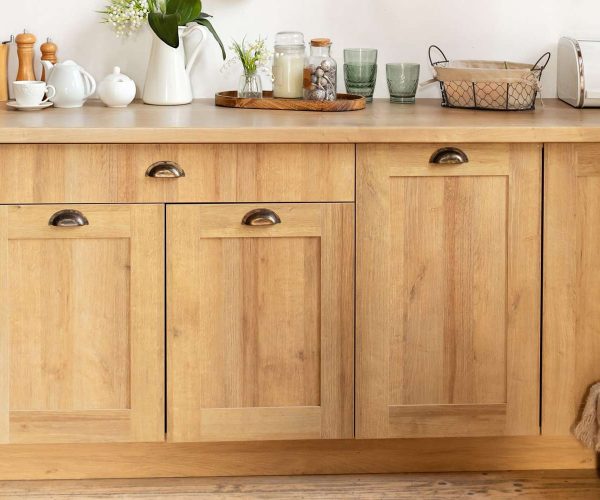
Wooden Cabinets
Upgrade your home or office with our beautifully crafted wooden cabinets. Made from premium-quality wood, these cabinets combine durability with elegant design, providing both style and functionality. Ideal for storing essentials

Wooden Furniture
Experience the timeless elegance and durability of our wooden furniture collection. Crafted from high-quality wood, each piece combines classic design with modern functionality, adding warmth and sophistication to any space

Door & Windows
We offer expert installation, repair, and replacement services for all types of doors and windows. Enhance your home’s beauty, security, and energy efficiency with our quality solutions.
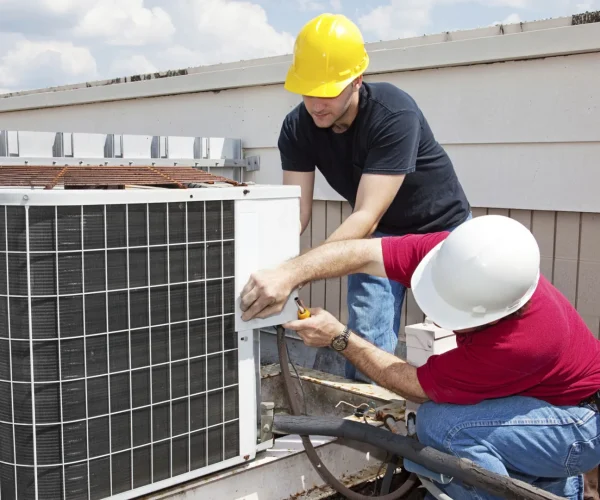
AC Services
Keep your home cool and comfortable with our professional AC services. We offer installation, repair, and maintenance for all air conditioning systems to ensure top performance year-round.
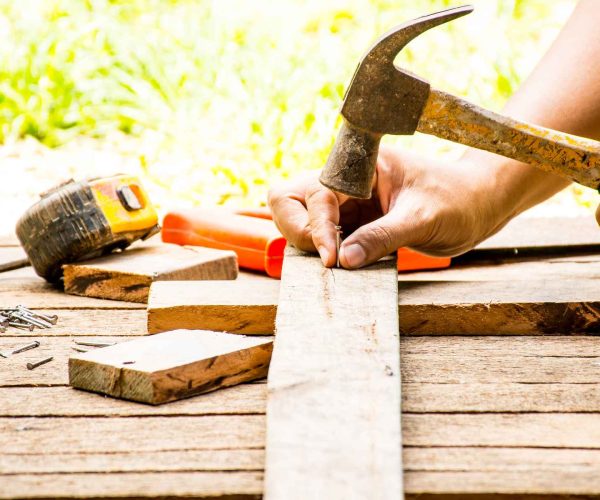
Wooden Repairing
We specialize in repairing and restoring all types of wooden furniture, doors, and fixtures. Our skilled craftsmen bring back the beauty and strength of your woodwork with expert care.
Testimonials
Our Customer Say
"I had a fantastic experience with this service! From the very first call, the team was professional, knowledgeable, and attentive to my needs. They arrived on time, assessed the problems in my home, and provided clear solutions. The work was done efficiently, and they paid attention to even the smallest details. I am extremely satisfied with the quality of their service and would recommend them to anyone looking for reliable home solutions."

"This company exceeded my expectations in every way. They handled a complex renovation project in my home with great care and professionalism. The staff was friendly, answered all my questions, and kept me updated throughout the process. Their work was precise, and the results were amazing — everything looks better than I imagined. I feel confident knowing that I can trust them for any future home repairs or improvements."


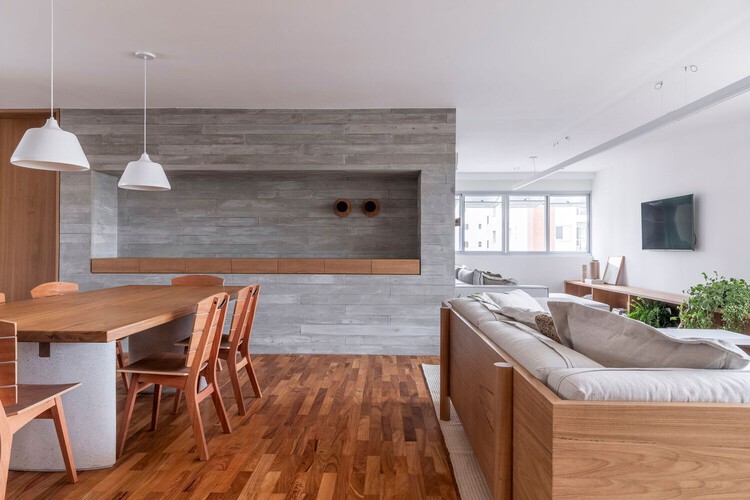
Contact Us
Let's Get In Touch
If you have any questions or problems simply use the following contact details.
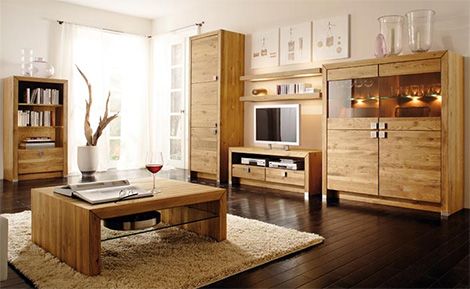
Explore Us
Services
Newsletter
We follow a smooth and transparent process to make sure you get the best results every time. From the first call to project completion, we handle everything with care and professionalism.
